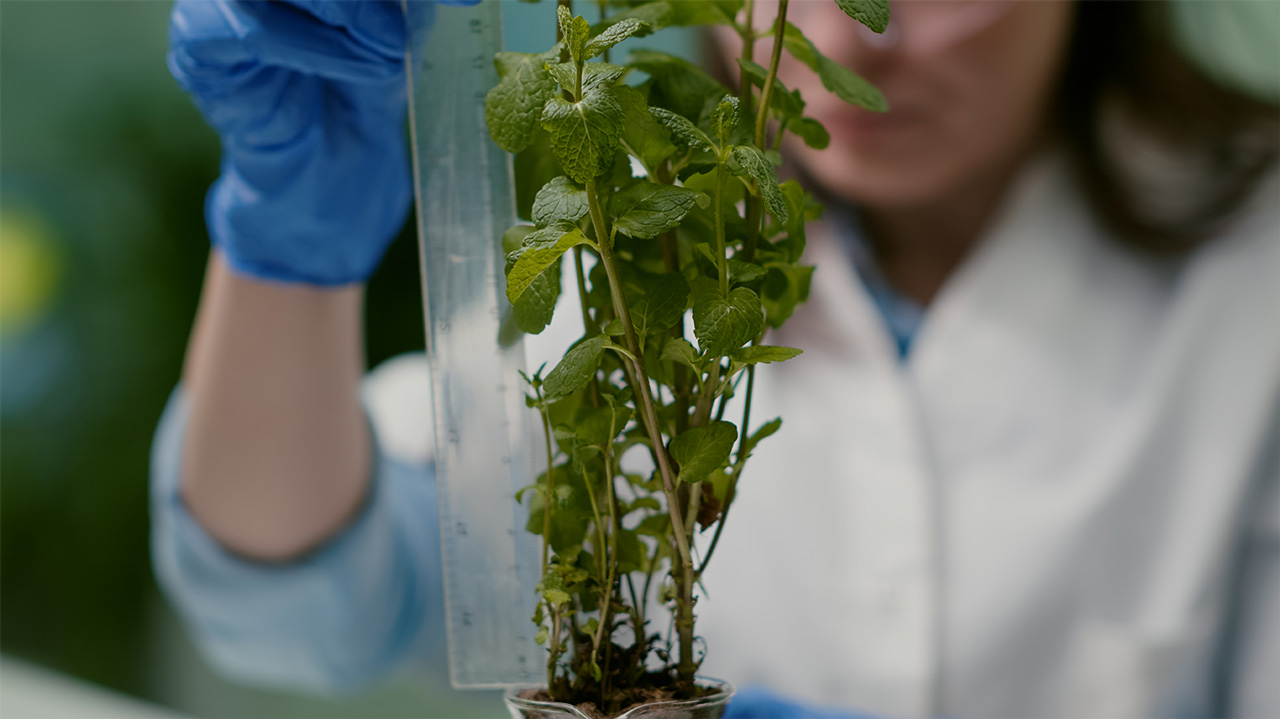Introduction
Mutation breeding is a process that involves creating genetic variation in plants by deliberately inducing mutations. These mutations can be caused by exposing plants to physical agents, like radiation or chemical agents that alter the plant’s DNA. By introducing these changes, plant breeders hope to find rare and beneficial traits that can then be cultivated for broader use.
Unlike genetic modification, where foreign genes are inserted into a plant, mutation breeding works by accelerating natural processes that already occur over time. While it may sound like a technique from science fiction, mutation breeding has been used for decades to bring about tangible improvements in agricultural productivity.
One of the major advantages of mutation breeding is its ability to increase genetic variation. Genetic diversity is the raw material for plant breeding, as it allows for the selection of unique traits. In crops where there is little natural diversity, mutation breeding can introduce new possibilities.
Another advantage is the development of stress-resistant crops by selecting mutations that improve a plant’s ability to withstand drought, salinity or extreme temperatures. Mutation breeding can help create crops that are better suited to changing environmental conditions—a key need in a world facing climate change.
How Does Mutation Breeding Work?
The process of mutation breeding has several steps. First, scientists induce mutations by exposing seeds, plant tissues, or whole plants to mutagenic agents, either physical (such as gamma rays or X-rays) or chemical (such as ethyl methanesulfonate, EMS) which alter the plant’s DNA. The treated plant material is then grown and observed across generations, with breeders screening for beneficial traits like increased yield, pest resistance or stress adaptability. Once a beneficial mutation is found, it is stabilized through breeding to ensure consistent expression across generations. Finally, the selected mutants undergo field trials to test their performance and successful varieties are released for commercial farming.
Challenges of Mutation Breeding
While mutation breeding offers several advantages, it also comes with its challenges:
- Unpredictability: Since mutations occur randomly, the majority of induced mutations are either neutral or harmful. Identifying useful mutations can be a time-consuming process that requires extensive screening.
- Stability of Mutations: Some mutations may not be stable and could revert to the original state over time. Ensuring that the beneficial mutation remains stable over generations is critical for its success.
- Limited Scope for Precision: Mutation breeding lacks precision. The mutations occur randomly and breeders cannot control exactly which gene will be altered potentially leading to unintended side effects.
Conclusion
Mutation breeding plays a critical role in ensuring food security by creating new plant varieties that are better equipped to handle the challenges of tomorrow’s agriculture. Whether it’s developing drought-resistant wheat, salt-tolerant rice or disease-resistant tomatoes, this innovative technique will continue to shape the future of crop improvement and sustainable farming.
Comments are closed.



